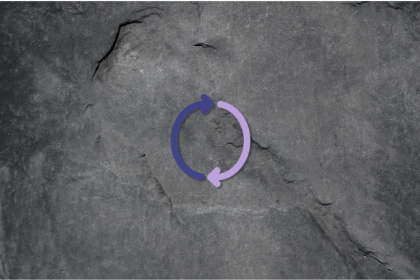
In this article, you will learn what the five major dysfunctions for teams are and how to prevent them from damaging your team.

The Tuckman model espouses strong leadership through five stages of group development: forming, storming, norming, performing, and adjourning.

The success of your product in the marketplace depends on user trust. The higher the trust, the more likely your customers are to choose you.

Adaptive leaders do not rely on their position to make decisions, but instead justify them with data and reliable insights.

Management meetings are a regularly occurring meeting between company leaders for a variety of different top-level reasons.

Site reliability engineering (SRE) is a discipline used for solving the challenges faced in running large-scale, highly distributed systems.

Meeting management is the ability to run meetings efficiently and effectively, keeping them focused, and ensuring they deliver the intended outcomes.

Now more than ever, taking time to put the focus back on the employees and teams is essential in building up morale.

A tiger team consists of a group of experts from various fields who collaborate together to solve a specific, pertinent, or prioritized problem.

The iterative process is a set of actions consisting of analysis, planning, design, implementation, testing, and review.

Without a proper product information management strategy, you’ll end up with several disparate channels of manual control, increasing dependencies and potential for human error.

A project sponsor oversees projects and ensures that they advance the business’s goals, missions, and overall vision.